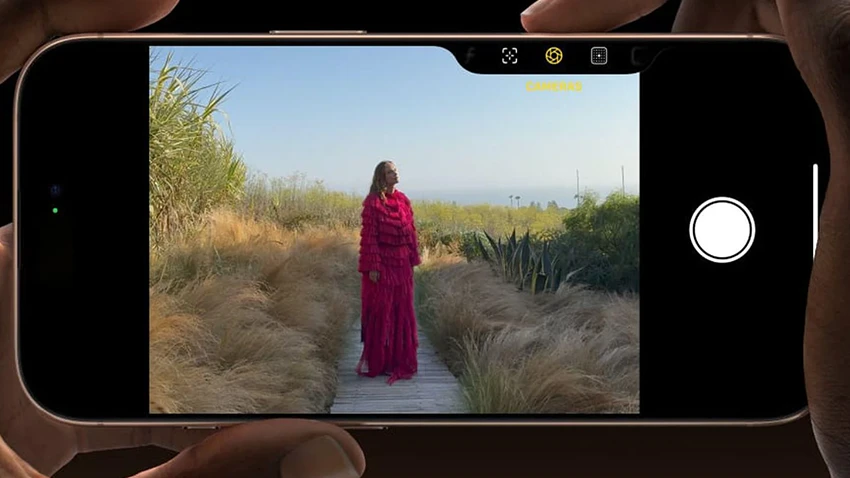Elon Musk denkt darüber nach, Apple zu verklagen. Er ist der Meinung, dass Apple seiner App weniger Sichtbarkeit gibt als der von OpenAI. Es scheint, als ob er ziemlich frustriert ist, aber naja, das ist halt das Geschäft. Wer weiß, was wirklich passieren wird. Es wird wahrscheinlich wieder nichts Großartiges herauskommen.
#ElonMusk #Apple #RechtlicheSchritte #OpenAI #Technologie
#ElonMusk #Apple #RechtlicheSchritte #OpenAI #Technologie
Elon Musk denkt darüber nach, Apple zu verklagen. Er ist der Meinung, dass Apple seiner App weniger Sichtbarkeit gibt als der von OpenAI. Es scheint, als ob er ziemlich frustriert ist, aber naja, das ist halt das Geschäft. Wer weiß, was wirklich passieren wird. Es wird wahrscheinlich wieder nichts Großartiges herauskommen.
#ElonMusk #Apple #RechtlicheSchritte #OpenAI #Technologie
1 Commentarii
·0 Distribuiri
·0 previzualizare












